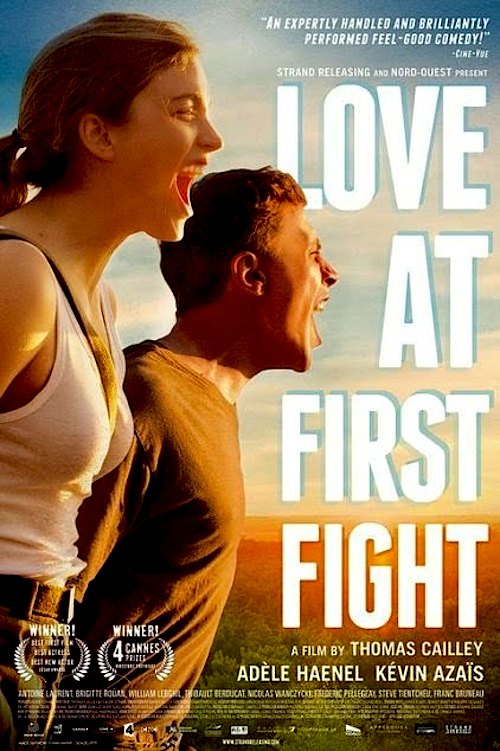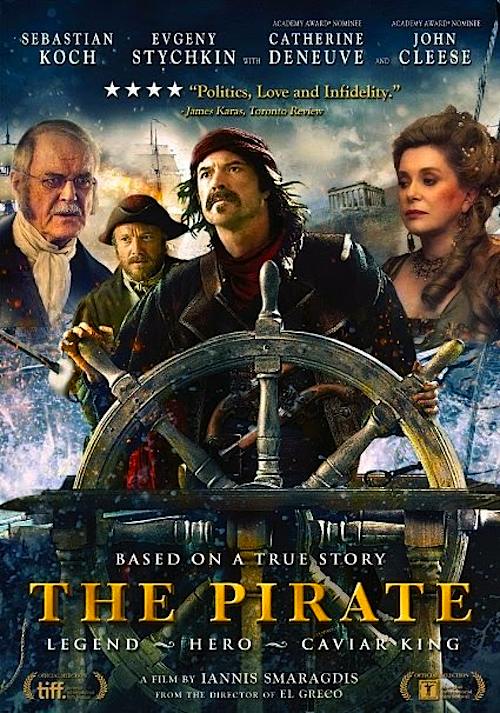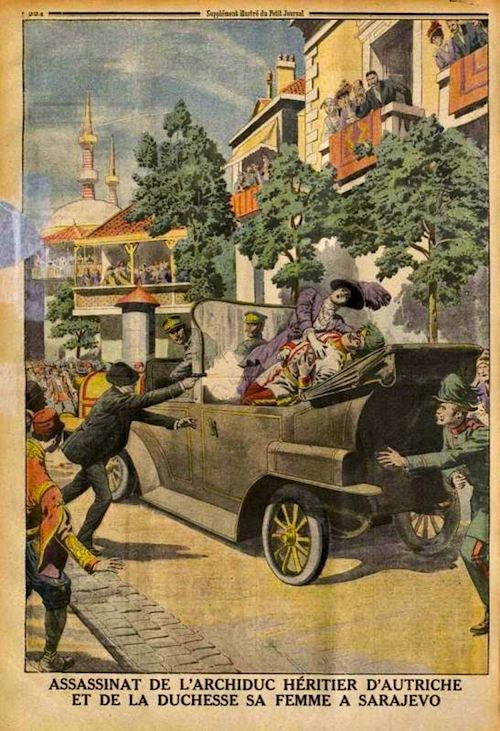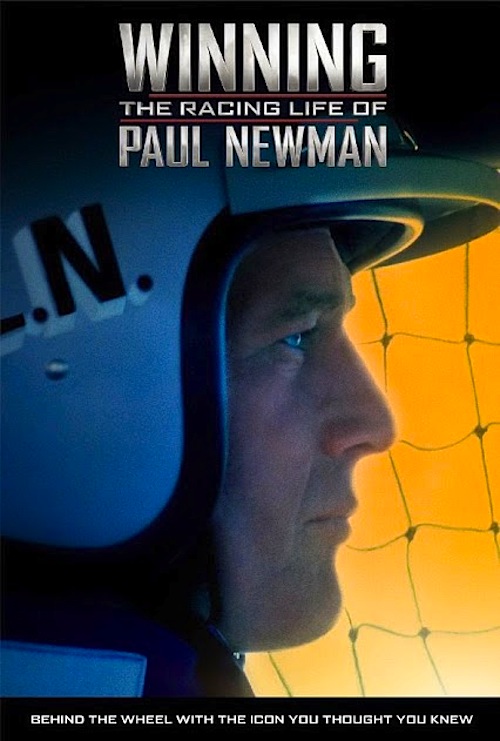By Joe Bendel. Arnaud Labrède would prefer to be a lover rather than a fighter. Madeleine Beaulieu will opt for the fighting every day. That is the only way she believes she will be prepared for the coming doomsday. Clearly, it will be an awkward courtship for Labrède, but that is always the case when you are young and stupid. However, if Armageddon holds off long enough, they might just mature a little (or perhaps not) in Thomas Cailley’s Love at First Fight, which opened this past Friday in New York.
Times are tough in the wooded Landes region of France. The Army seems to be the only employer recruiting in town. Labrède has gone to a few information sessions to pick-up the free swag, somewhat befriending the recruiters in the process. However, he assumes he will stay at home and help his older brother Manu rebuild the family carpentry business. Like their recently deceased father, both brothers are handy with tools. Yet, it is still hard for Labrède to get Beaulieu to acknowledge him.
 Granted, their first meeting is hardly ideal. She will put the big hurt on him during an Army-sponsored self-defense exhibition, until Labrède pulls a Tyson and bites her. Labrède finds she is still rather sore over the whole thing when her parent hire him and his brother to build a shed in their backyard. Little by little, Beaulieu slowly thaws, until Labrède feels sufficiently encouraged to sign up for her special summer training camp for prospective commando enlistees.
Granted, their first meeting is hardly ideal. She will put the big hurt on him during an Army-sponsored self-defense exhibition, until Labrède pulls a Tyson and bites her. Labrède finds she is still rather sore over the whole thing when her parent hire him and his brother to build a shed in their backyard. Little by little, Beaulieu slowly thaws, until Labrède feels sufficiently encouraged to sign up for her special summer training camp for prospective commando enlistees.
To his credit, it is hard to get a blanket sense of how Cailley views the military, preppers, and End Times anticipators. It is safe to say Beaulieu is . . . intense. Nevertheless, there is no denying the credible fashion in which their relationship develops or the electric chemistry shared by co-leads Adèle Haenel and Kévin Azaïs. At times, their verbal sparring is rather sly and quite revealing. Unfortunately, the third act reversal, in which Labrède’s easy going nature turns out to be better suited for team-building and unit cohesion, becomes predictably formulaic. Even the mildly apocalyptic climax feels like a pre-programmed inevitability (nonetheless, it is executed surprisingly evocatively).
Haenel (recently seen in In the Name of My Daughter) is convincingly surly, but it is hard to understand the initial attraction. Maybe you just have to be French, since she seems to be the latest minor “It” sensation. On the other hand, Azaïs pulls off something trickier and more interesting, showing how his character quietly changes in response to the people and environments he is exposed to. Antoine Laurent also has some nice moments as the big brother out to prove his worth.
First Fight is a small film that does not amount to much, despite a few sharply written scenes and some deftly turned performances. It has probably received disproportionate critical and festival attention, just because smart setters are so amazed by the notion of French survival preppers, as if that would be a phenomenon confined to the mountainous regions of southern border states. Many of the cast and crew should have very bright careers ahead of them, but this will probably be remembered as a promising early minor work. Mildly recommended for Francophiles and Francophones, Love at First Fight opened this past Friday (5/22) in New York, at the Village East.
LFM GRADE: B-
Posted on May 26th, 2015 at 3:55pm.




